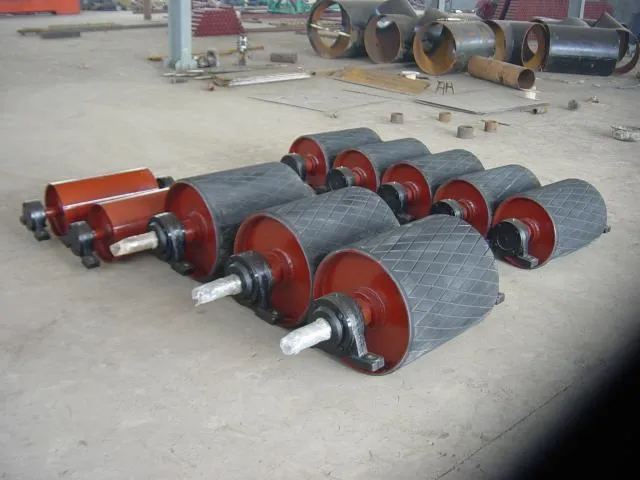 Afrikaans
Afrikaans  Albanian
Albanian  Amharic
Amharic  Arabic
Arabic  Armenian
Armenian  Azerbaijani
Azerbaijani  Basque
Basque  Belarusian
Belarusian  Bengali
Bengali  Bosnian
Bosnian  Bulgarian
Bulgarian  Catalan
Catalan  Cebuano
Cebuano  Corsican
Corsican  Croatian
Croatian  Czech
Czech  Danish
Danish  Dutch
Dutch  English
English  Esperanto
Esperanto  Estonian
Estonian  Finnish
Finnish  French
French  Frisian
Frisian  Galician
Galician  Georgian
Georgian  German
German  Greek
Greek  Gujarati
Gujarati  Haitian Creole
Haitian Creole  hausa
hausa  hawaiian
hawaiian  Hebrew
Hebrew  Hindi
Hindi  Miao
Miao  Hungarian
Hungarian  Icelandic
Icelandic  igbo
igbo  Indonesian
Indonesian  irish
irish  Italian
Italian  Japanese
Japanese  Javanese
Javanese  Kannada
Kannada  kazakh
kazakh  Khmer
Khmer  Rwandese
Rwandese  Korean
Korean  Kurdish
Kurdish  Kyrgyz
Kyrgyz  Lao
Lao  Latin
Latin  Latvian
Latvian  Lithuanian
Lithuanian  Luxembourgish
Luxembourgish  Macedonian
Macedonian  Malgashi
Malgashi  Malay
Malay  Malayalam
Malayalam  Maltese
Maltese  Maori
Maori  Marathi
Marathi  Mongolian
Mongolian  Myanmar
Myanmar  Nepali
Nepali  Norwegian
Norwegian  Norwegian
Norwegian  Occitan
Occitan  Pashto
Pashto  Persian
Persian  Polish
Polish  Portuguese
Portuguese  Punjabi
Punjabi  Romanian
Romanian  Russian
Russian  Samoan
Samoan  Scottish Gaelic
Scottish Gaelic  Serbian
Serbian  Sesotho
Sesotho  Shona
Shona  Sindhi
Sindhi  Sinhala
Sinhala  Slovak
Slovak  Slovenian
Slovenian  Somali
Somali  Spanish
Spanish  Sundanese
Sundanese  Swahili
Swahili  Swedish
Swedish  Tagalog
Tagalog  Tajik
Tajik  Tamil
Tamil  Tatar
Tatar  Telugu
Telugu  Thai
Thai  Turkish
Turkish  Turkmen
Turkmen  Ukrainian
Ukrainian  Urdu
Urdu  Uighur
Uighur  Uzbek
Uzbek  Vietnamese
Vietnamese  Welsh
Welsh  Bantu
Bantu  Yiddish
Yiddish  Yoruba
Yoruba  Zulu
Zulu belt drive pulley types
Understanding Belt Drive Pulley Types
Belt drive systems are essential components in various mechanical operations, widely used in industries ranging from automotive to manufacturing. They facilitate the transfer of power between shafts, allowing machines to convert energy efficiently. Central to belt drive systems are pulleys, which come in various designs and configurations to suit different applications. This article explores the different types of belt drive pulleys, their functions, and their importance in mechanical systems.
1. Flat Pulleys
Flat pulleys, also known as plain pulleys, are the most basic form of pulleys used in belt drives. They feature a flat surface that provides a surface for the belt to ride on. These pulleys are commonly employed in light-duty applications where the forces are minimal. Flat pulleys are easy to manufacture and can be made from various materials, including metal and plastic. Their primary limitation is that they are not very effective at preventing the belt from slipping off in high-tension scenarios, making them suitable mainly for non-critical applications.
2. V-Belt Pulleys
V-belt pulleys are designed with a trapezoidal groove that matches the shape of V-belts. This design allows for a tighter grip and reduces the chances of slipping, making them more efficient at transferring power. V-belt pulleys are widely used in automotive engines, agricultural machinery, and industrial equipment. They are available in different sizes and configurations, making them versatile for various applications. Additionally, V-belt systems require less tension to function effectively, reducing wear on both the belt and the pulley.
Timing pulleys are a specialized type of pulley used in conjunction with timing belts. They feature notches or teeth along the circumference, which engage with the matching teeth of the timing belt. This ensures precise synchronization between the two, making timing pulleys ideal for applications where timing and positioning are critical, such as in robotics, CNC machines, and automotive timing systems. These pulleys help prevent slippage, ensuring accurate movement, which is crucial for precision engineering tasks.
belt drive pulley types

4. Sheave Pulleys
Sheave pulleys, or block pulleys, are multi-grooved pulleys designed for use with multiple belts. These pulleys are often utilized in heavy-duty applications, such as cranes and elevators, where they help lift loads efficiently. The design allows for the smooth operation of multiple belts, distributing the load evenly. Sheave pulleys are particularly effective in reducing the wear and tear on belts, making them long-lasting choices for challenging applications.
5. Idler Pulleys
Idler pulleys are not directly driven by a power source but play a crucial role in the belt drive system. They are used to guide belts and maintain proper tension. Idler pulleys can be essential for changing the direction of a belt path or for tensioning a belt system to prevent slipping. Their presence in a belt drive system helps ensure smoother and more efficient operations.
6. Variable Diameter Pulleys (VDP)
Variable diameter pulleys adjust their diameter to change the speed of the belt system. These pulleys are key components in applications requiring variable speed control, such as lawn mowers or some conveyor systems. By changing the diameter, VDPs allow for a dynamic adjustment in speed while the system is in operation, enhancing flexibility and efficiency.
Conclusion
Belt drive pulleys are fundamental elements in a wide range of mechanical systems. Understanding their types—flat, V-belt, timing, sheave, idler, and variable diameter pulleys—enables engineers and technicians to select the right components for specific applications. Each type of pulley offers unique advantages and is suited for particular operational requirements. A well-designed belt drive system that incorporates the appropriate pulleys can significantly improve efficiency, durability, and performance in various industrial and mechanical contexts. As technology continues to advance, the development and refinement of pulley systems will undoubtedly play a critical role in the future of mechanical design and engineering.
-
Revolutionizing Conveyor Reliability with Advanced Rubber Lagging PulleysNewsJul.22,2025
-
Powering Precision and Durability with Expert Manufacturers of Conveyor ComponentsNewsJul.22,2025
-
Optimizing Conveyor Systems with Advanced Conveyor AccessoriesNewsJul.22,2025
-
Maximize Conveyor Efficiency with Quality Conveyor Idler PulleysNewsJul.22,2025
-
Future-Proof Your Conveyor System with High-Performance Polyurethane RollerNewsJul.22,2025
-
Driving Efficiency Forward with Quality Idlers and RollersNewsJul.22,2025





























